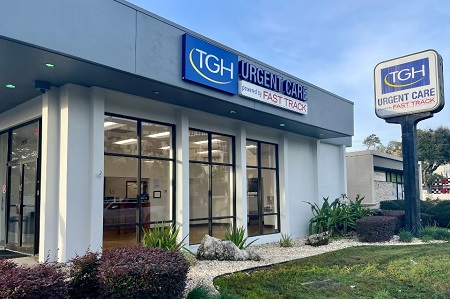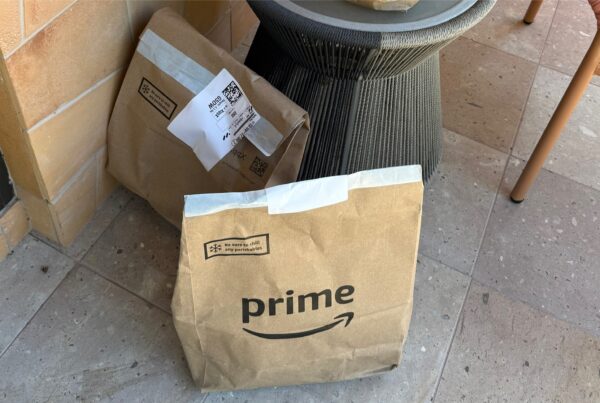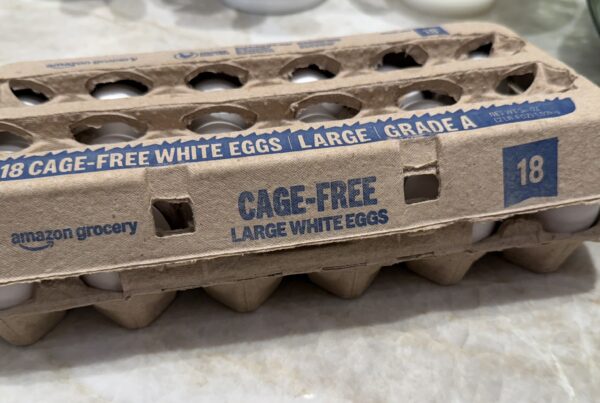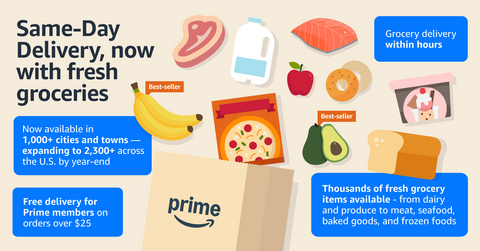June 26, 2024
Walmart, Walgreens and CVS have run into major obstacles in their quest to cost-effectively deliver primary care. Which begs the question, was I wrong to be excited in 2020 when these retailers launched extensive healthcare platforms? And, going forward, is it too risky for a retail owner to lease to a healthcare operator?
We’ll walk through what’s worked and how to evaluate the notoriously difficult-to-navigate U.S. healthcare sector. Bottom line up front: It’s back to basics.
- Stick with market-share leaders
Find the leader, or a very close second. If you’re doing a Florida grocery deal, you look to Publix, in Houston it’s HEB, and Kroger for Ohio. If a healthcare deal is on your radar screen (whether a hospital system or an independent urgent care chain), make sure you’re working with the leader or its closest competitor.
- Push for transparency
Profitability is all that matters. When we don’t have profitability for retailers, we tend to rely on sales data, and if we can’t get sales data, then we look to traffic. Location data can tell you exactly how many people go into a Chipotle, where they’ll probably buy a $10 burrito. You can then extrapolate sales and, if you’re careful, get a reasonable idea of profitability. But in healthcare, traffic data is worthless and sales, even if you have it, is no proxy for profitability. In particular, the important variable of reimbursement rates can be impossibly complicated. Just as you would with any retailer, push hard for as much transparency as possible into the operating model for this operator at this location. Location location location is based on reimbursement models and health systems just as much as Main & Main.
- Understand the broader business model
As we’ll explore in more detail below, hospital systems tend to have multiple reasons to occupy real estate close to customers. In addition to offering urgent care on a walk-in basis, they might want to send patients to your property for follow-up care, vaccinations, medical exams and other services. The ecosystem of care is more important than any one location–mimicking in traditional retail. (For example, a single Target location benefits from programs like Circle Club and Red Card, offers Shipt delivery, etc.) Find out what upsides the operator sees in your real estate along with their broader network.
Making it work
After the Pier1 Imports on 4th Street in St. Petersburg went dark, it was backfilled by a fast-expanding, non-retail tenant—TGH Urgent Care powered by Fast Track.
Tampa General Hospital (TGH) has rolled out 19 of these locations across the region in a bid to bring high-quality, low-cost, patient-centered care to more patients. The clinics double as a way to connect high-level, acute hospital care to those who have more serious illnesses
How has the hospital system managed to succeed over the past five years where top retailers have struggled? Returning to offer some insights is Dr. David A. Wein, my husband, ED medical director at TGH, System Medical Director for TeamHealth, and Professor at USF Morsani College of Medicine.
RACHEL ELIAS WEIN:
David, when you think about the strong relationships that many consumers have with chains like Walmart—where they buy so many of their daily needs, pick up their prescriptions, etc.—it’s not crazy to think they might go there for a doctor’s appointment, too. Why do you think retailers have struggled in healthcare?
DAVID A. WEIN:
Primary care, in particular, is a challenging undertaking. Doctors with standalone primary care clinics need a lot of time to build their practices, gain trust in the community and develop patient volume. Recruiting and retaining physicians and PAs can be really hard for retailers trying to get into the healthcare business as well. And of course, the world of reimbursements is notoriously complex.
From my perspective, there was a bit of hubris in some of these efforts to ‘disrupt’ healthcare. Some of the retailers seem to have thought, ‘Oh, there’s a lot of waste here. We can do better.’ But just because you’re good at delivering pharmacy or grocery, that doesn’t necessarily mean those competencies will translate readily into high-quality and cost-effective primary care or urgent care.
REW:
I agree. There are brand issues, too, right? Getting a flu shot is one thing, but if your child has been up all night vomiting and you’re getting worried, are you going to trust a brand that you mostly associate with picking up milk and eggs?
DAW:
Most people, if they’re fortunate enough not to live in a healthcare desert, want to go where they’re confident the situation will be handled appropriately and if they need more acute care, that they can get that care urgently
REW:
TGH’s clinics have become ubiquitous in our region. I’ve seen them as inline tenants in small, unanchored strip centers, as standalone clinics, and in various office settings. From a real estate perspective, the former Pier 1 location near our house is particularly interesting. It’s in 10,000 or 15,000 square feet with three or four other traditional retail tenants next door.
DAW:
Yes, that one offers urgent care, primary care and, periodically, oncology and cancer care as well.
It all goes back to a strategic plan by the system’s CEO John Couris. He came in pre-Covid, and it got started then, but during the pandemic, the clinics worked very well for preoperative Covid-testing for patients. At that time, we were testing everyone coming into our system. You could make sure someone had tested negative for their operation the next day, rather than potentially bringing a positive case into the hospital. It was also more convenient for patients living near the clinics.
REW:
And what are some of those complexities around reimbursements?
DAW:
All around the country, reimbursements vary quite a bit based on the provider and the system. Contracts change. There are a lot of moving parts.
REW:
That explains why you can’t just equate traffic with sales in healthcare: One patient could walk in and get thousands of dollars worth of oncology medication, but another might just pick up a 99-cent prescription for amoxicillin.
DAW:
Yes, and that amoxicillin might be reimbursed at a higher rate than the cancer medication.
REW:
Simply because of a contract change, what’s profitable today in Georgia or Florida might lose money in six months. You also need to account for the regulatory environment.
DAW:
Yes. Hospitals understand the complexities of the system. They have much more scale, which helps them deliver lower costs to patients, and recruiting and retention aren’t as big of a challenge for them.
With a hospital system, referrals also can flow in both directions. The urgent care may find someone who is sicker and needs to go to the hospital or emergency department for additional evaluation and care. We in the ED might send someone who doesn’t have a primary care physician to one of our urgent care locations for their follow up after an emergency visit. Maybe they just need to have their sutures removed or a wound checked.
If a retailer’s urgent care clinic sends that patient to our ER for further care, the retailer loses that revenue stream. In our state, on the not-for-profit side, there are four large academic practice centers—places like The University of Florida and TGH, which is the Level 1 trauma center for our area. They have very strong brands and offer truly comprehensive care. Many patients want to stay within those ecosystems.
REW:
Right. So if you think about the newest TGH clinic, which opened in February in Land O’ Lakes, the TGH name will be recognizable right away. It’s no less important than in retail, where the top brands lend an instant advantage.








